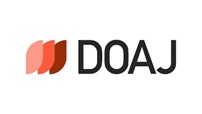Abstract
People receive support from others to solve problems that are difficult to solve on their own. During service encounters, customers also receive help from other customers. Inter-customer helping is a type of Customer Citizenship Behavior (CCB), which has become more prevalent with increased use of self-service technologies (SSTs). However, not all helps are created equal. The current research investigates the effects of the two types of help, autonomy- and dependency-oriented help during service encounters. Autonomy-oriented help refers to a partial hint to the problem, whereas dependency-oriented help refers to the full solution to the problem. Through experimental studies, we provide evidence that depending on the types of help received during service encounters, customers show different levels of satisfaction toward the firm. The results from Studies 1A and 1B show that autonomy- (vs. dependency-) oriented help leads to higher customer satisfaction. In addition, the current research demonstrates the mechanism for such effect. The results from Study 2 show that the relationship between the types of help and customer satisfaction is mediated by instrumentality and anxiety, which represent cognitive and affective paths respectively.
Recommended Citation
Kim, Seo Young and Yi, Youjae
(2016)
"Give a Man a Fish or Teach Him to Fish,"
Asia Marketing Journal: Vol. 18
:
Iss.
2
, Article 1.
Available at: https://doi.org/10.15830/amj.2016.18.2.1
Creative Commons License

This work is licensed under a Creative Commons Attribution 4.0 License.





